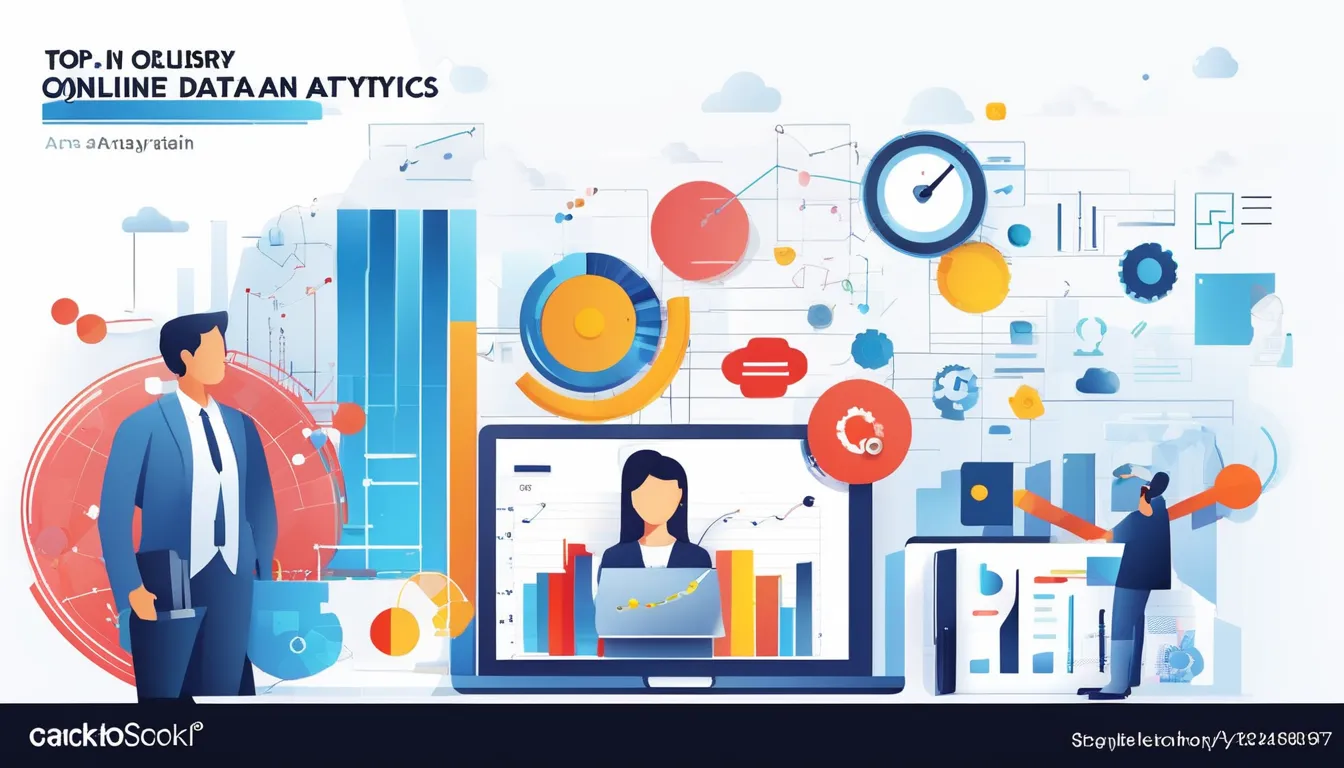The digital revolution demands businesses and organizations to extensively use data analytics for gaining insights, enhance decision-making, and maintain a competitive edge. Constructing an efficient data analytics application involves more than just sourcing data. It also needs proper planning, effective tools, and best practices. The alignment of these three features decides the fate of any analytics application. This alignment is also done based on the directives of the precise industry.
Also, it requires skilled professionals with robust theoretical and practical knowledge to design the solution. The best institute for data analytics in Bangalore equips individuals with the necessary skills to be able to contribute to this process.
How To Define The Goals Of Data Analytics Application?
It is crucial to ask the questions of what challenges the application will be solving. The application also needs to be designed according to its primary users. It should be designed keeping in mind what type of insights the application should provide.
Identifying Data Sources
Data is the foundation of any analytics application. Therefore, it becomes very important to recognize all relevant sources like internal databases (transaction data, CRM data, or ERP systems), external APIs (public data sets or third-party providers and IoT devices (sensors & connected devices generating real-time data). It guarantees that the data is trustworthy, invariant, and updated regularly. Plus, there should be a standard protocol to haggle with structured and amorphous data.
All About Efficient Data Collection
This involves gathering data from multiple points to a unified system. The skilled specialists from the best institute for data analytics in Bangalore implement ETL (Extract, Transform, and Lead) or ELT (Extract, Load, and Transform). These techniques channel to collect, cleanse, and transform the data. The data extraction is performed using web scraping, direct database connections, etc. The data transformation step comprises cleaning the data sets by handling missing values, removing duplicates, and normalizing formats. These processed or transformed data sets are then archived in a data warehouse or data lakes for further processing. Some of the ordinary tools used in this approach are Apache Airflow, AWS Glue, Apache Nifi, etc.
Selecting The Right Technology
The construction of data analytics applications needs certain specialized technology. These technological components include
- Relational Database- It is mostly used for structured data sets. This includes PostgreSQL, MySQL, and Microsoft SQL server.
- NoSQL Databases- It is used for unstructured or semi-structured data sets. Tools like MongoDB, Cassandra, Redis, etc. are used.
- Data Warehousing- This is mainly used in the case of large-scale analytics. Some examples of data warehouse tools are Google BigQuery, Amazon Redshift, and Snowflake.
Batch frameworks like Hadoop and Spark have been enforced to direct enormous data sets. On the other hand, the stream frameworks are used for real-time data processing. To create user-friendly dashboards, visualization tools like PowerBI, and Tableau, and open-sourced libraries like D3.js or Plotly are used. The best data analytics course in Bangalore makes aspirants familiar with all these tools through their robust curriculum and extensive hands-on training.
How To Ensure Scalability In Applications?
The data analyst specialists should craft a design that can withstand large volumes of data sets with ease. To achieve this, experts should make use of microservices architecture, where the application breaks the problem into smaller fragments and independently handles each of the specific tasks. This includes data ingestion, processing, and visualization. It enhances maintainability and scalability. You can also incorporate cloud tools in the application for better functioning. This reduces infrastructure management overhead. Plus, caching mechanisms such as Redis or Memcached can be implemented to speed up the data retrieval process and decrease the load on databases.
Dealing With Data Security
It is a very crucial aspect when dealing with sensitive information. The application should comprise robust security measures like data encryption using protocols TLS/SSL for data transit or at rest. It should also have an access-control feature to restrict sensitive data access. This is done by applying role-based access control (RBAC). Also, ensuring compliance with data safeguard constraints such as GDPR, HIPPA, or CCPA is vital. Moreover, regular audits and vulnerability assessments assist in maintaining the application’s security framework.
How To Optimize Application’s Performance?
Different approaches are implemented to ensure the best performance. This including
- Indexing strategies to speed up database queries
- Partitioning large tables to enhance query performance
- Parallel processing techniques to operate large data sets faster and,
- Data compression to decrease storage and costs and improve I/O performance.
Besides, the advanced analytics techniques include predictive analytics or machine learning capabilities. Thus, select suitable ML models based on problems like clustering, regression, or categorization. Simultaneously train the models on the historical data and validate them using test datasets.
Conclusion
The best data analytics course in Bangalore enables individuals with vast theoretical concepts and critical thinking abilities. These two attributes are much needed to build an efficient data analytics system. It requires a well-thought-out approach starting with defining your objectives to simultaneous monitoring.

